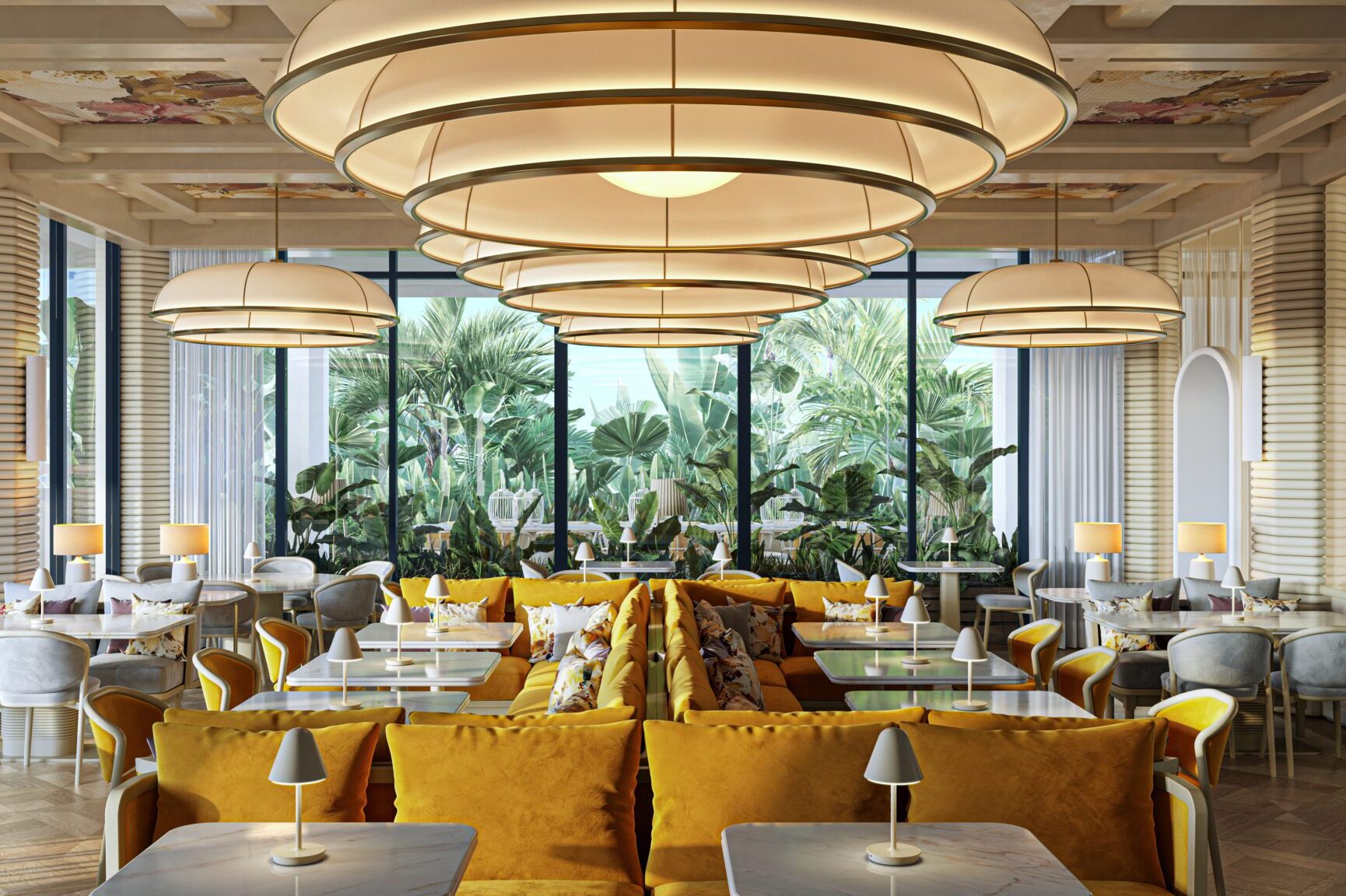Skift Take
There is a boom in private clubs around the world. But, in the race to garner members and open outlets, personalized service and the underlying craft have gone missing. True hospitality plus thoughtful social and commercial dot-connecting remains a nice open white space.

On Experience
Colin Nagy, a marketing strategist, writes this opinion column for Skift on hospitality and business travel. On Experience dissects customer-centric experiences and innovation across the luxury sector, hotels, aviation, and beyond. He also covers the convergence of conservation and hospitality.
You can read all of his writing here.
Private members clubs are surging. What began with Soho House’s template of global expansion has spawned a variety of new players.
The Hollywood-centric San Vicente Bungalows plans to open in New York, which has its own new scene with the likes of Zero Bond, Casa Cipriani and Casa Cruz. London, which has a storied history of members clubs, has a flood of new entrants. In Doha, Soho House offshoot the Ned has a well-designed outpost in a stunning former Interior Ministry building.
Aside from the desire for festive experiences post-COVID, the business model also proves irresistible: a joining fee and yearly dues supercharge profit margins from food, beverage and rooms.
But there’s the inevitable “but”: Older member clubs have well-worn standards of decorum, thoughtful approaches to service and a patina and vibe in keeping with a well-worn club chair. Some of the new clubs are missing that magic.
To understand the evolution of the space, I spoke to Michael Fuerstman, Co-founder and Crea
